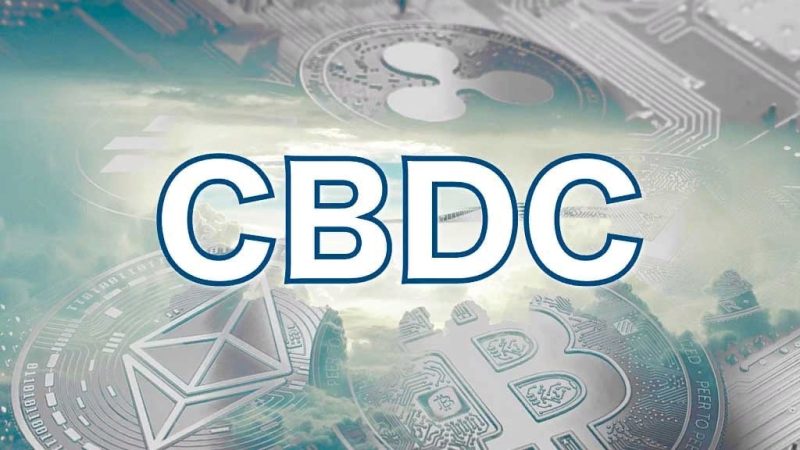Central bank digital currencies are digital tokens that function like cryptocurrency and are created by a central bank. They are linked to the country’s fiat currency value.
CBDCs are being developed and implemented in a number of countries. Because so many nations are looking into how to move to digital currencies, it’s critical to comprehend what they are and what they imply for society.
Fiat money is a type of legal tender that can be used to purchase goods or services. It is created by a government and not backed by physical commodities such as gold or silver. In the past, fiat money has taken on the form of banknotes and coins but with advancing technology, balances and transactions are now recorded digitally.
Even though physical currency is still used and accepted by many, some wealthier countries have witnessed a significant drop in its utilization – which then speedily increased during the 2020 COVID-19 pandemic.
The introduction and development of cryptocurrency and blockchain technology have stoked the interest of cashless societies and digital currencies. As a result, governments and central banks across the world are considering the viability of using government-issued electronic money. These currencies would be fully trusted and backed by the government that created them, just like fiat money is today.
In the US and worldwide, many individuals do not have access to financial services. For example, in America 5% of adults don’t own a bank account. Also, 13% percent of people who do have bank accounts use other more costly methods like money orders or check-cashing instead.
The main objective of CBDCs is to provide businesses and consumers with privacy, mobility, convenience, accessibility, and financial security. CBDCs might also help to simplify the maintenance of a sophisticated financial system while lowering cross-border transaction costs for individuals who presently use alternative money transfer methods.
Cryptocurrencies are highly volatile, with their value constantly fluctuating. This volatility could cause severe financial stress in many households and affect the overall stability of an economy. Central bank digital currencies (CBDCs), backed by a government and controlled by a central bank, would provide households, consumers, and businesses with a stable means of exchanging currency digitally. In other words, CBDC use would reduce risks associated with digital currencies in their current form.
CBDCs are divided into two categories: wholesale and retail. Financial institutions use wholesale CBDCs the most frequently. Consumers and businesses utilize retail CBDCs, much like real currency.
Wholesale CBDCs would be like having reserves in a central bank. The central bank offers an institution an account for either depositing funds or to use for settling interbank transfers. With these accounts, the central banks then have more power to set interest rates and use other monetary policies, such as reserve requirementsInterest on reserve balances.
CBDCs are government-sponsored digital money for consumers and companies. The risk that private digital currency issuers might go bankrupt and lose customers’ assets is eliminated by retail CBDCs.
Cryptocurrencies offer a look at a different type of currency system in which onerous rules do not influence each transaction. They’re difficult to counterfeit or duplicate and are protected by consensus algorithms that verify data. Central bank digital currencies, on the other hand, are designed to function similarly to cryptocurrencies but may be devoid of blockchain technology and consensus mechanisms.
Cryptocurrencies are unpredictable and not protected by governments. Their value rises and falls according to people’s thoughts about them, how often they’re used, and public interest. They tend to be unstable, which makes them poor choices for use in an economic system that needs steadiness. Centrally controlled digital currencies (CBDCs) follow the same path as traditional money issued by government agencies. CBDCs are created to maintain a stable value.


